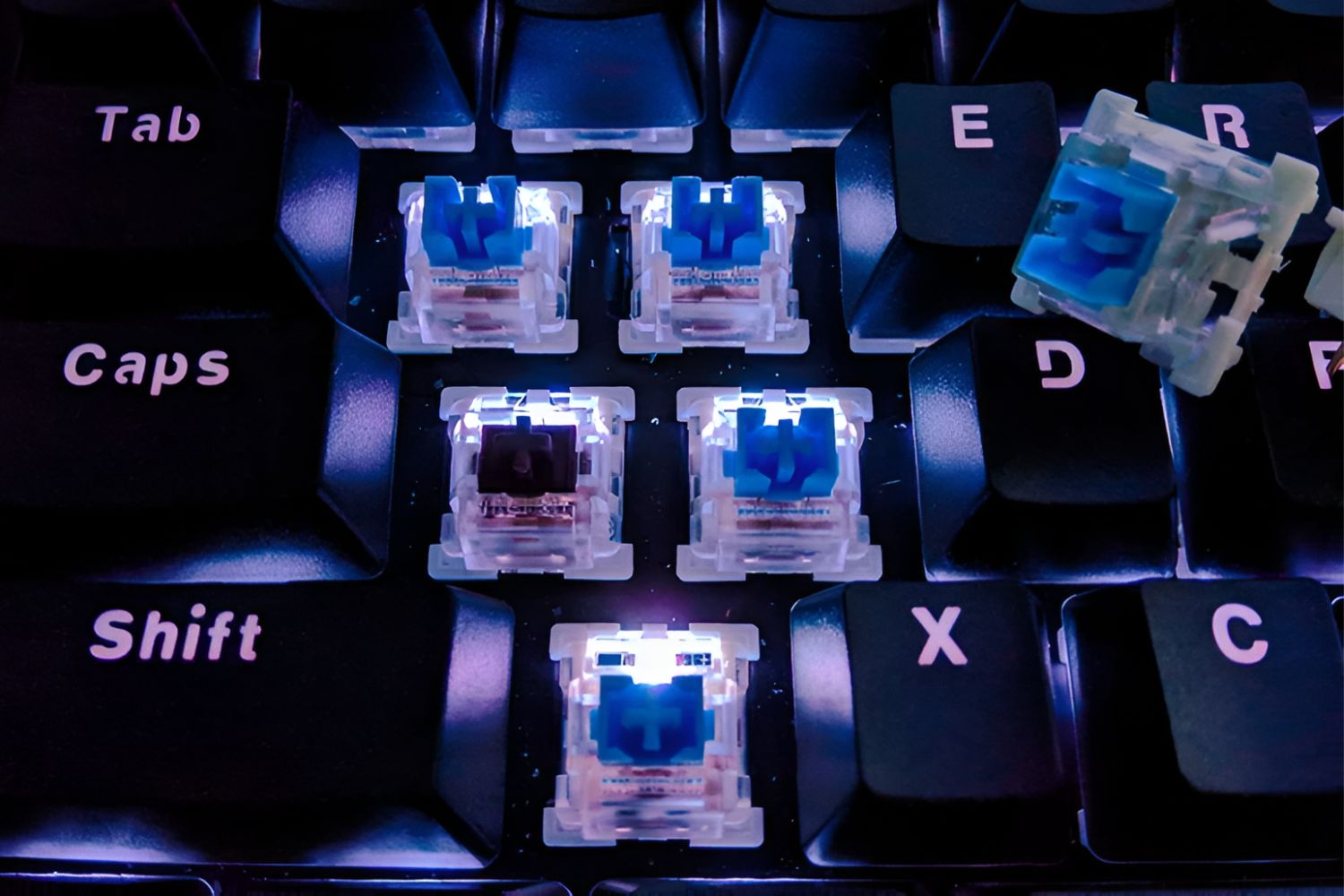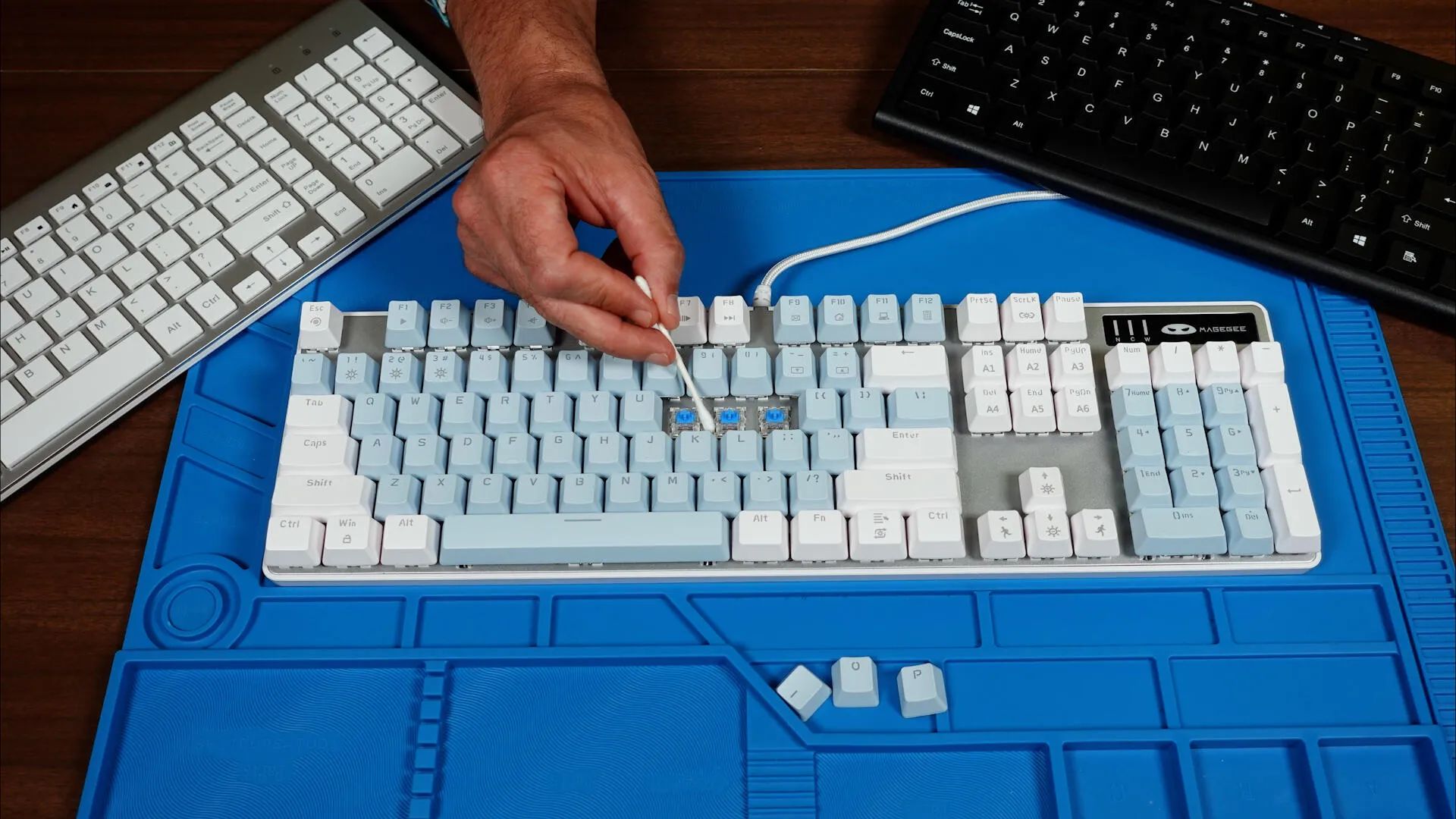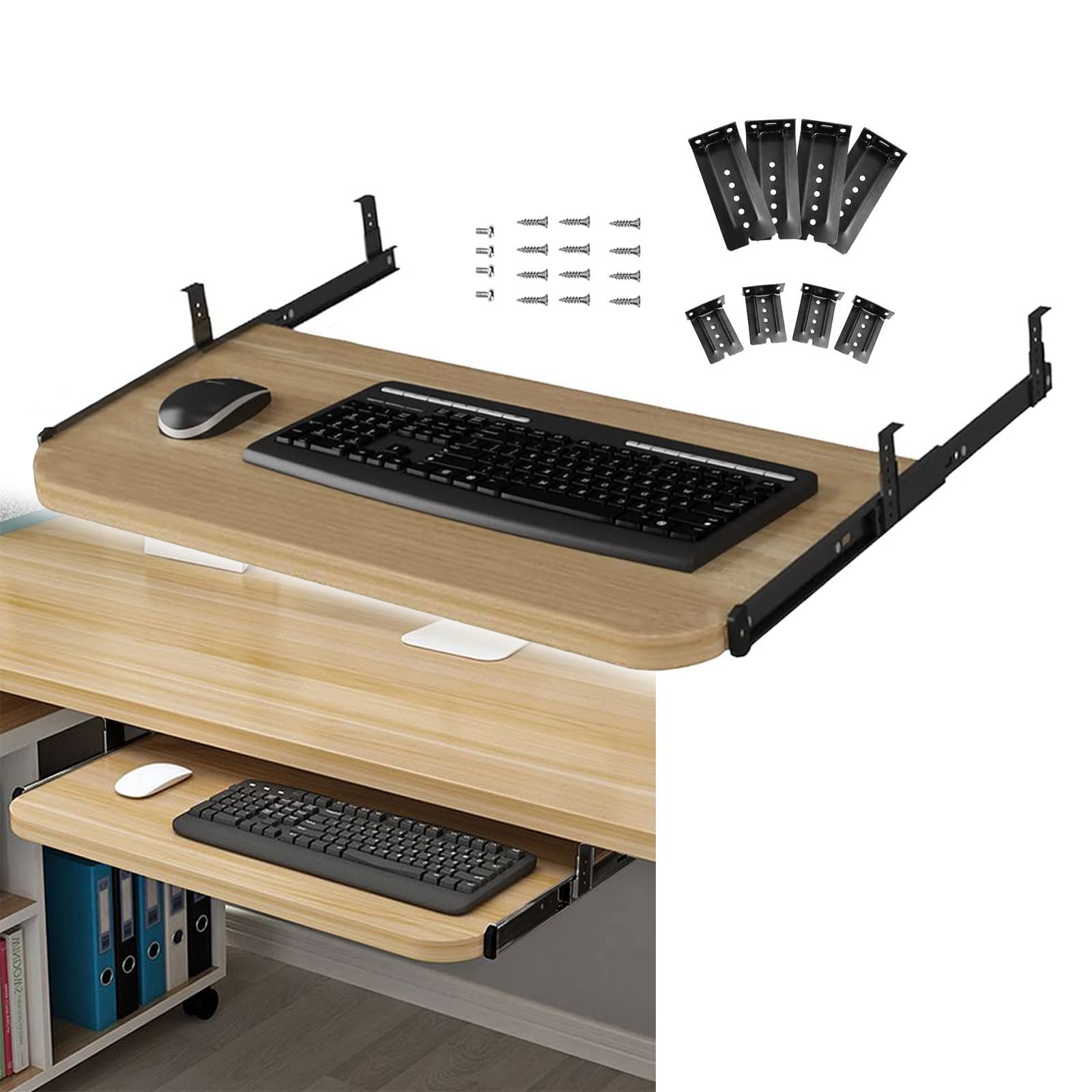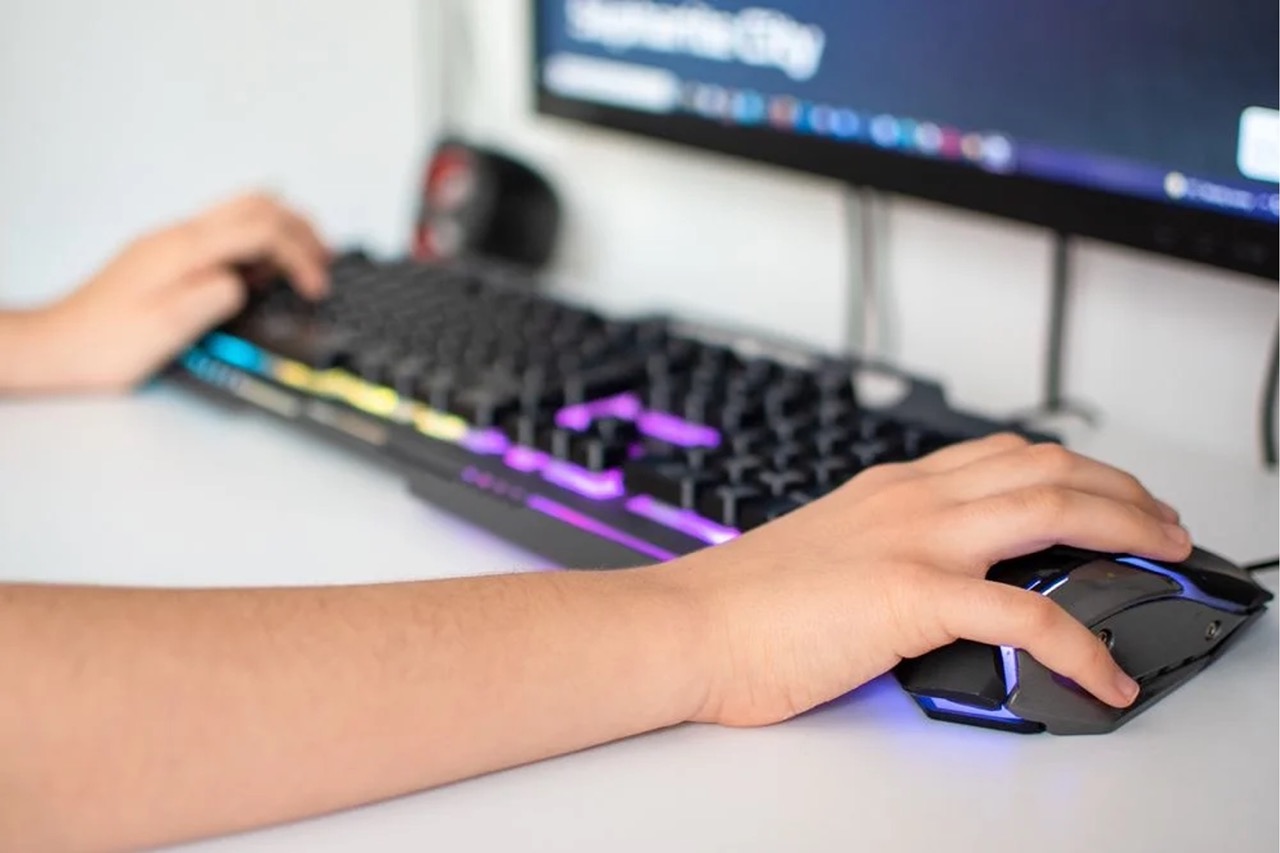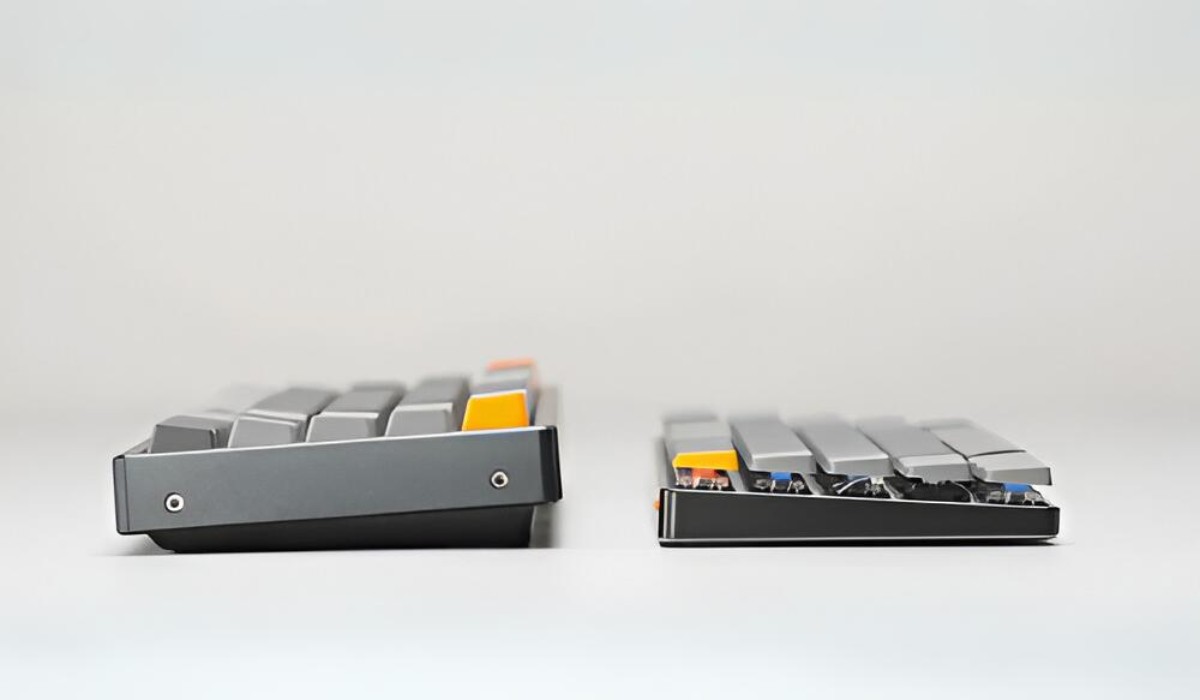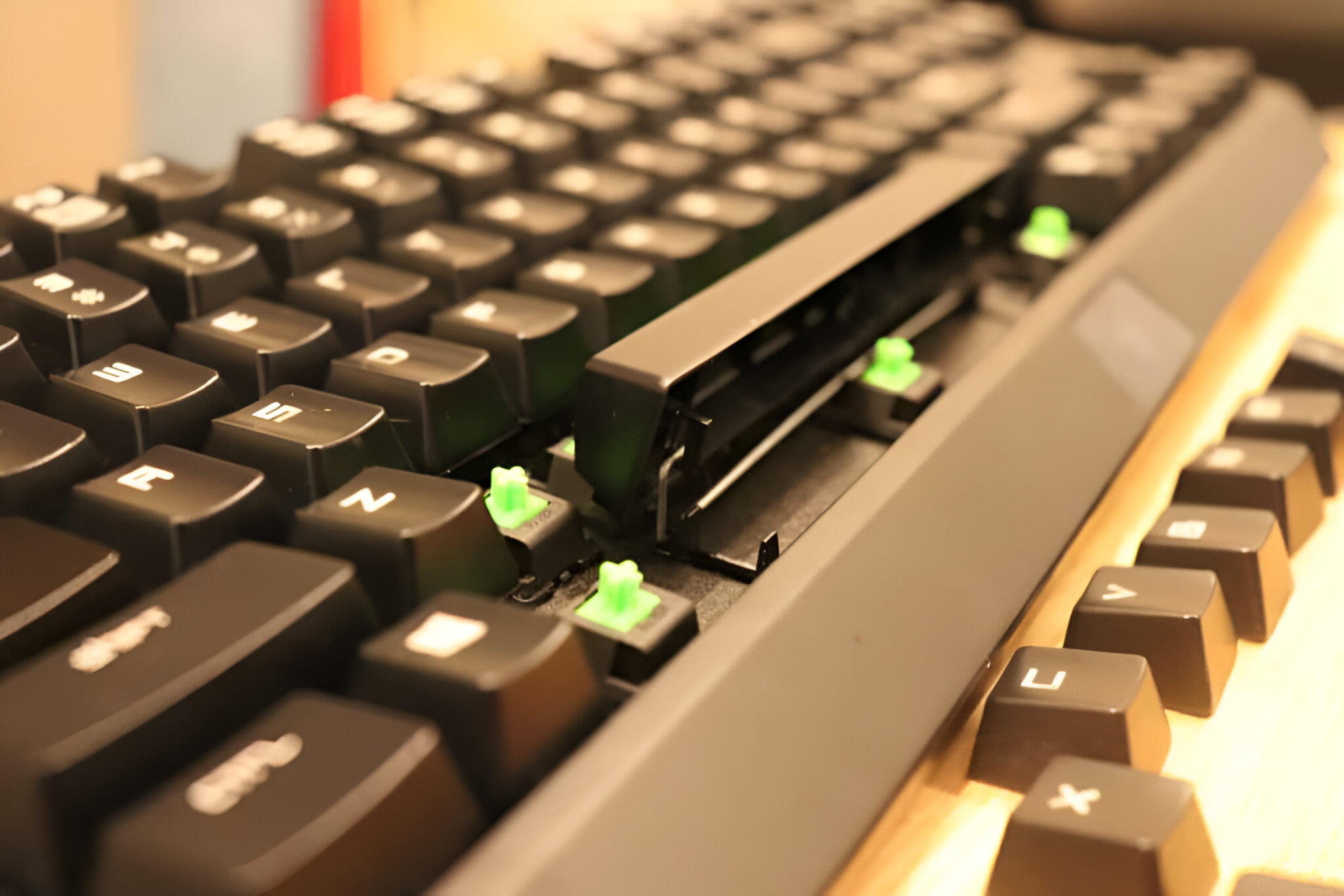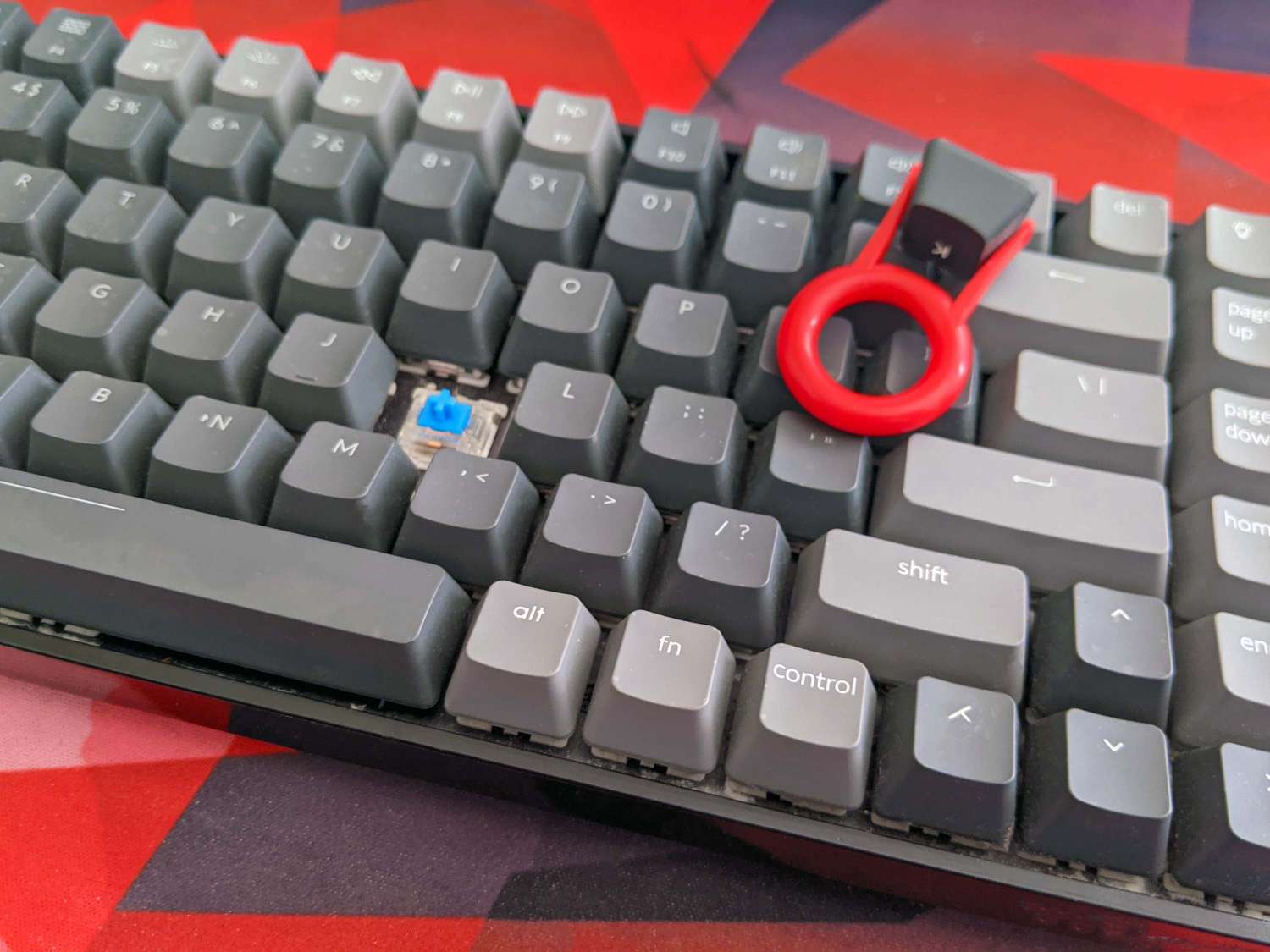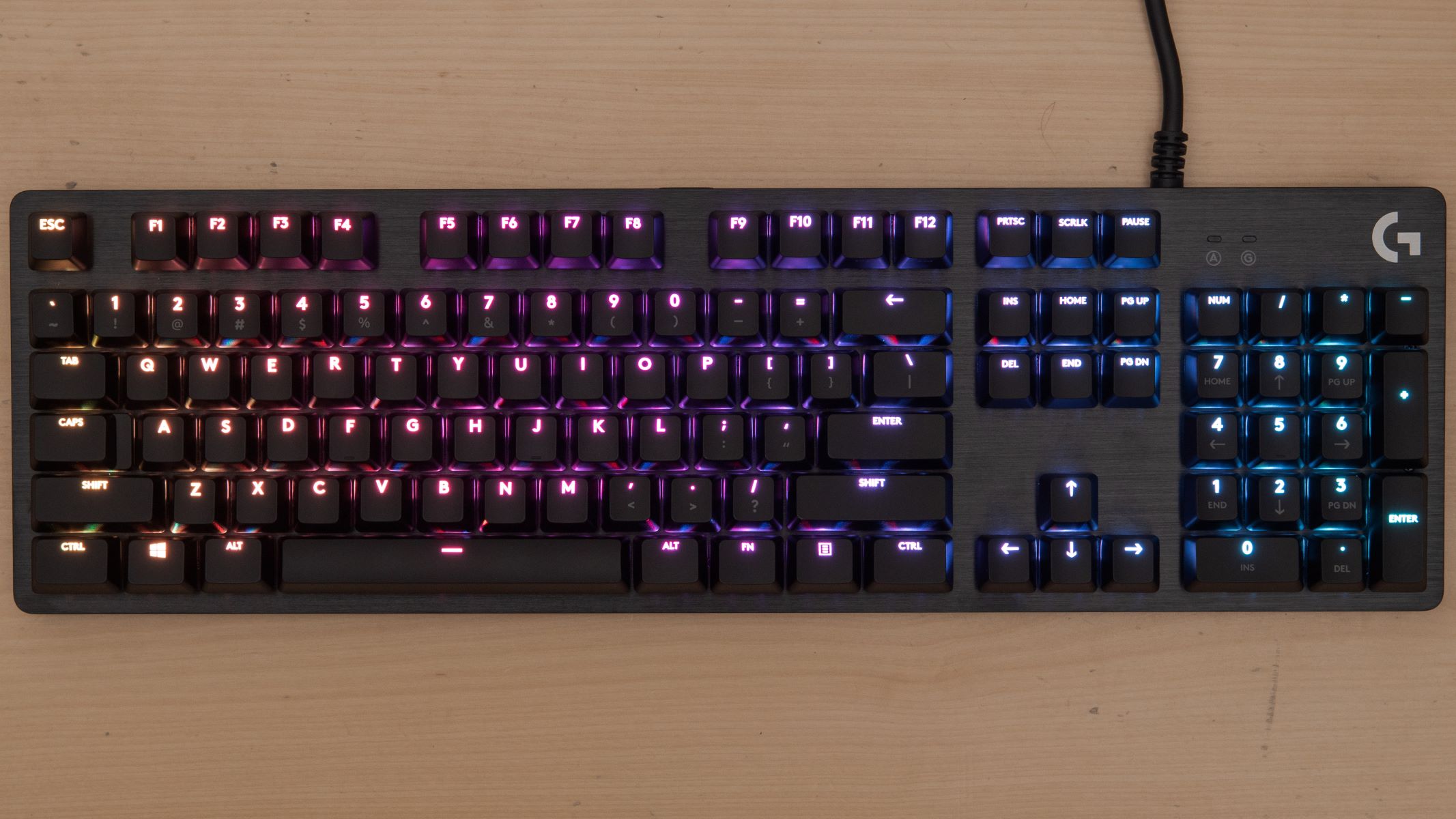Introduction
Are you frustrated by the incessant occurrence of double keystrokes while using your mechanical keyboard? This common issue can significantly impede your typing efficiency and overall user experience. However, there's no need to worry, as there are several effective methods to address this problem and restore your keyboard to its optimal functionality. Whether it's a matter of cleaning the key switches, replacing them entirely, or adjusting the key debounce time, you can take proactive steps to resolve this issue and enjoy smooth, uninterrupted typing sessions.
A mechanical keyboard is a beloved tool for many professionals, gamers, and enthusiasts due to its tactile feedback, durability, and customizable features. However, over time, the key switches may accumulate dust, debris, or experience wear, leading to the occurrence of double keystrokes. This can be an exasperating issue, particularly during intense gaming sessions or when working on critical tasks that demand precision and accuracy.
In this comprehensive guide, we will delve into the various methods for addressing the mechanical keyboard double key issue. From understanding the root cause of the problem to implementing practical solutions, you'll gain valuable insights into troubleshooting and rectifying this common nuisance. Whether you prefer to clean the key switches, replace them with new ones, or tweak the key debounce time, you'll find actionable steps to effectively mitigate the double key problem and restore your keyboard to its optimal performance.
So, let's embark on this journey to reclaim the seamless typing experience you deserve with your mechanical keyboard. By the end of this guide, you'll be well-equipped with the knowledge and techniques to conquer the double key issue and elevate your keyboard's functionality to new heights.
Understanding the Issue
Before delving into the solutions, it’s crucial to grasp the underlying factors contributing to the occurrence of double keystrokes on a mechanical keyboard. This issue often stems from the degradation or contamination of the key switches, which are the fundamental components responsible for registering keystrokes. Over time, dust, debris, or even oxidation can infiltrate the switches, compromising their responsiveness and leading to erratic behavior, such as registering two keystrokes instead of one.
Furthermore, mechanical keyboards utilize different types of key switches, such as Cherry MX, Gateron, or Kailh, each with its unique design and characteristics. The specific switch type in your keyboard can influence the likelihood of encountering double key issues. For instance, switches with light actuation force may be more prone to unintended double keystrokes due to their sensitive nature, while switches with heavier actuation force may exhibit less susceptibility to this problem.
Another contributing factor to the double key issue is the key debounce time, which refers to the duration for which the keyboard disregards additional keystrokes after an initial one is registered. If the debounce time is not finely tuned, the keyboard may interpret a single keystroke as multiple inputs, leading to the manifestation of double key behavior.
Understanding these nuances is pivotal in formulating an effective strategy to address the double key problem. By recognizing the impact of switch degradation, switch type, and debounce time, you can tailor your approach to best suit your keyboard’s specific characteristics and mitigate the occurrence of double keystrokes.
As we progress through this guide, we will explore targeted methods to clean the key switches, replace them if necessary, and adjust the key debounce time, offering practical solutions to rectify the mechanical keyboard double key issue and restore seamless typing functionality.
Cleaning the Key Switches
One of the primary strategies for addressing the double key issue on a mechanical keyboard involves cleaning the key switches to remove any accumulated debris or contaminants that may be impeding their performance. This method is particularly effective when the double key behavior is attributed to dust, dirt, or other foreign particles interfering with the switch contacts.
To commence the cleaning process, you’ll need to disassemble the keyboard carefully, ensuring that you have a clean and spacious work area to prevent misplacing any components. Once the keyboard is disassembled, you can access the individual key switches and proceed with the cleaning procedure.
Using a can of compressed air or a small, soft-bristled brush, gently dislodge any visible debris from the key switches, taking care not to apply excessive force that could damage the delicate components. Next, a specialized switch cleaner or isopropyl alcohol can be applied to a clean, lint-free cloth or cotton swab to meticulously wipe the switch contacts and housing, effectively removing stubborn contaminants without leaving residue.
After the cleaning process is complete, allow the key switches to thoroughly dry before reassembling the keyboard. Once reassembled, test the keyboard to ascertain whether the double key issue has been resolved. If the problem persists, it may be necessary to explore alternative solutions, such as replacing the key switches or adjusting the key debounce time.
By diligently cleaning the key switches, you can often eliminate the underlying cause of double key behavior, restoring the keyboard’s functionality and ensuring a smoother, more reliable typing experience. This method is a cost-effective and practical approach to troubleshooting the double key issue before considering more extensive measures, such as switch replacement.
Replacing the Key Switches
If the double key issue persists despite cleaning the key switches, replacing the switches may be a viable solution to restore your mechanical keyboard’s optimal functionality. This approach is particularly beneficial when the switches have experienced significant wear, are damaged, or exhibit persistent erratic behavior that cleaning alone cannot rectify.
Prior to embarking on the switch replacement process, it’s essential to acquire compatible replacement switches that align with your keyboard’s specifications and layout. Various switch types are available, each offering distinct tactile feedback, actuation force, and noise levels, allowing you to customize your typing experience to suit your preferences.
Once you have obtained the replacement switches, carefully disassemble the keyboard to access the existing switches. Using a desoldering pump or soldering wick, remove the solder connecting the old switches to the keyboard’s printed circuit board (PCB), taking care to avoid damaging the PCB or adjacent components. With the old switches desoldered, gently remove them from the PCB, ensuring that any residual solder is cleared to facilitate the installation of the new switches.
Next, insert the replacement switches into the designated positions on the PCB, aligning them accurately to ensure proper functionality. Once the new switches are in place, solder them securely to the PCB, verifying that each connection is robust and free from any solder bridges or cold joints that could compromise performance.
After the replacement switches are securely soldered, reassemble the keyboard and conduct thorough testing to confirm that the double key issue has been effectively resolved. The replacement switches should provide reliable keystroke registration, eliminating the occurrence of unintended double keystrokes and enhancing the overall typing experience.
By replacing the key switches, you can breathe new life into your mechanical keyboard, addressing persistent double key issues and rejuvenating its performance. This method offers a comprehensive solution to tackle switch-related problems, ensuring that your keyboard delivers consistent and accurate keystroke recognition for seamless and productive usage.
Adjusting Key Debounce Time
Another effective method for mitigating the occurrence of double keystrokes on a mechanical keyboard involves adjusting the key debounce time, a parameter that governs the keyboard’s response to consecutive keystrokes. By fine-tuning the debounce time, you can optimize the keyboard’s ability to discern individual keystrokes, reducing the likelihood of unintended double inputs.
Many mechanical keyboards feature customizable firmware or software that enables users to modify various settings, including the key debounce time. Accessing the keyboard’s configuration interface, whether through dedicated software or firmware customization, allows you to adjust the debounce time to a value that minimizes the potential for double keystrokes while maintaining responsiveness.
When adjusting the debounce time, it’s important to strike a balance between responsiveness and error prevention. A shorter debounce time enhances the keyboard’s responsiveness by allowing rapid consecutive keystrokes, but it may also increase the susceptibility to unintended double keystrokes. Conversely, a longer debounce time introduces a slight delay between keystrokes, reducing the likelihood of double inputs but potentially impacting typing speed and responsiveness.
Experimenting with different debounce time settings and evaluating their impact on typing accuracy and comfort can help you identify the optimal configuration for your specific typing style and preferences. By gradually adjusting the debounce time and testing the keyboard’s performance in various scenarios, you can pinpoint the setting that effectively minimizes double key occurrences without compromising typing fluidity.
It’s worth noting that not all mechanical keyboards offer user-adjustable debounce time settings, particularly in models without customizable firmware or software. In such cases, the ability to modify the debounce time may be limited to specific keyboard models or may require advanced technical expertise to implement custom firmware modifications.
By leveraging the capability to adjust the key debounce time, you can tailor your mechanical keyboard’s behavior to align with your typing habits and preferences, reducing the incidence of double keystrokes and enhancing the overall typing experience. This method offers a versatile and software-based approach to addressing the double key issue, complementing other troubleshooting strategies such as cleaning and switch replacement.
Conclusion
Addressing the mechanical keyboard double key issue necessitates a comprehensive understanding of the underlying causes and an informed approach to troubleshooting. By delving into the intricacies of key switch maintenance, replacement, and debounce time adjustment, you can effectively mitigate the occurrence of unintended double keystrokes and restore your keyboard to optimal functionality.
Through meticulous cleaning of the key switches, you can eliminate accumulated debris and contaminants that may impede their performance, offering a cost-effective and practical solution to the double key issue. This method serves as an initial step in troubleshooting and often yields positive results when the issue is attributed to surface-level contamination.
When cleaning alone does not resolve the double key problem, the option of replacing the key switches provides a more comprehensive solution. By carefully desoldering and replacing the switches with compatible replacements, you can rejuvenate your keyboard’s performance and ensure reliable keystroke registration, effectively eliminating the persistent issue of double keystrokes.
Furthermore, the ability to adjust the key debounce time empowers users to fine-tune their keyboard’s response to consecutive keystrokes, minimizing the likelihood of unintended double inputs. This software-based approach offers a versatile and customizable solution to tailor the keyboard’s behavior to individual preferences, striking a balance between responsiveness and error prevention.
As you navigate the process of troubleshooting the mechanical keyboard double key issue, it’s essential to approach each method systematically, considering the unique characteristics of your keyboard and the specific nature of the problem. Whether you opt for cleaning, switch replacement, debounce time adjustment, or a combination of these methods, a methodical and informed approach is key to achieving successful resolution.
By implementing the strategies outlined in this guide, you can reclaim the seamless and reliable typing experience that your mechanical keyboard is designed to deliver. With a keen understanding of the issue and the practical solutions at your disposal, you are well-equipped to conquer the double key problem and elevate your keyboard’s functionality to new heights.
Armed with the knowledge and techniques presented here, you can confidently troubleshoot and address the double key issue, ensuring that your mechanical keyboard remains a dependable and indispensable tool for your productivity, gaming, or creative endeavors.







